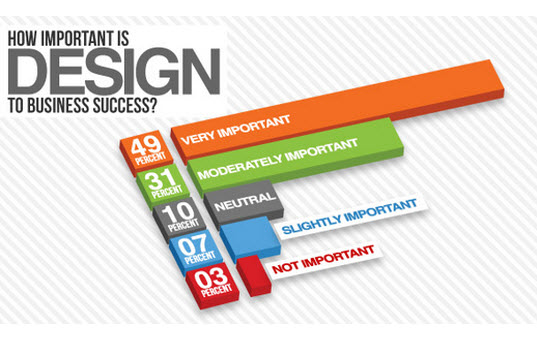In the past, sites were easy and focused on details. Navigation was straight, and style was for desktop computers. Currently, user experience is vital. Data guides designs for simple navigation. Receptive designs suit different gadgets. Today, dark mode minimizes stress, and minimal menus boost navigation. Interactive functions engage customers, and strong visuals attract attention. AI combination improves involvement. See exactly how design has advanced to enhance your online journey.
Early Days of Web Design
In the early days of website design, simpleness reigned supreme. https://www.searchenginejournal.com/wordpress-seo-enterprise-best-practices/427495/ were fundamental, with minimal shades, font styles, and designs. The emphasis was on giving information as opposed to showy visuals. Individuals accessed the internet with slow dial-up connections, so speed and functionality were crucial.
Navigation menus were straightforward, normally situated at the top or side of the web page. Websites were designed for desktop, as mobile browsing wasn't yet widespread. Material was king, and designers focused on simple readability over complicated design aspects.
https://video-marketing-vs-search73950.blogrelation.com/33654246/navigate-the-intricacies-of-website-trust-building-through-style-and-find-the-keys-to-capturing-your-target-market-s-trust was the main coding language utilized, and developers had to work within its restraints. Animations and interactive features were minimal contrasted to today's requirements. Sites were static, with little vibrant material or personalized individual experiences.
Surge of User-Focused Style
With the development of site design, a shift towards user-focused layout principles has ended up being significantly prominent. Today, producing websites that prioritize user experience is vital for engaging visitors and achieving service goals. User-focused design includes understanding the requirements, choices, and actions of your target audience to tailor the internet site's layout, material, and features as necessary.
Designers currently carry out detailed research study, such as user surveys and use testing, to collect insights and feedback directly from individuals. This data-driven approach helps in creating user-friendly navigation, clear calls-to-action, and aesthetically attractive interfaces that resonate with visitors. By putting the user at the facility of the style procedure, sites can supply an extra tailored and pleasurable experience.
Responsive layout has actually likewise become an essential element of user-focused layout, guaranteeing that sites are maximized for different devices and display dimensions. This flexibility improves access and usability, dealing with the diverse methods individuals interact with internet sites today. Essentially, the surge of user-focused style indicates a change in the direction of producing digital experiences that focus on the needs and expectations of the end user.
Modern Trends in Website Design
Check out the most recent patterns forming website design today. Highly recommended Reading is dark setting style, using a sleek and contemporary appearance while decreasing eye pressure in low-light atmospheres. Another vital fad is minimal navigating, streamlining food selections and improving individual experience by focusing on essential elements. Including micro-interactions, such as computer animated buttons or scrolling effects, can develop a more interesting and interactive web site. Receptive layout continues to be important, guaranteeing smooth individual experiences throughout various devices. Furthermore, utilizing strong typography and unbalanced layouts can add visual rate of interest and draw attention to particular material.
Incorporating AI innovation, like chatbots for customer assistance or customized suggestions, improves individual involvement and enhances procedures. Availability has additionally come to be a substantial fad, with designers focusing on inclusive layout practices to cater to varied user needs. Embracing sustainability by maximizing site efficiency for speed and efficiency is another arising trend in website design. Working together with user responses and information analytics to repeat and boost design constantly is necessary for remaining relevant in the ever-evolving electronic landscape. By welcoming these modern-day fads, you can create an aesthetically attractive, user-friendly internet site that reverberates with your target market.
Final thought
As you assess the evolution of site layout from the early days to now, you can see exactly how user-focused style has actually become the driving force behind contemporary trends.
Accept the trip of change and adaptation in web design, constantly maintaining the customer experience at the forefront.
Keep current with the most recent fads and innovations, and never ever stop evolving your method to develop aesthetically sensational and easy to use web sites.
Evolve, adjust, and create - the future of website design is in your hands.
